Understanding and managing risk is crucial for success in today's fast-paced business environment. Whether you're leading a small team or steering a large organization, the ability to identify, assess, and respond to potential threats can make the difference between thriving and merely surviving. This brings us to the pivotal roles of Risk Taxonomy and Statement Development in shaping a resilient risk management strategy. In this post, we'll dive deep into these concepts, breaking them into digestible parts to ensure you're well-equipped to tackle them head-on.
The Essence of Risk Management
Imagine standing at the edge of a forest, knowing that to reach the other side, you must navigate through it. In this analogy, the forest represents the myriad of risks your business faces. Just as you'd need a map to guide you through the forest, Risk Taxonomy and Statement Development serve as your navigational tools in risk management. They help you categorize risks and articulate how you intend to deal with them, ensuring you're prepared for whatever comes your way.
Understanding Risk Taxonomy
At its core, Risk Taxonomy is about classification. It involves breaking down risks into categories and subcategories to make them more manageable. Think of it as organizing a library. Just as genres and subgenres group books, risks are classified into types and subtypes, such as operational, financial, strategic, and compliance risks.
The Importance of Risk Taxonomy
The first step in demystifying Risk Taxonomy is recognizing its significance. By categorizing risks, you can better understand what you're up against. This clarity is vital for developing targeted strategies to effectively address each type of risk. Furthermore, it fosters consistency in risk management across the organization, enabling better team communication and coordination.
Developing a Risk Taxonomy
Developing a Risk Taxonomy involves identifying all potential risks and then grouping them according to their characteristics. The process starts with a brainstorming session, where team members list every possible risk, no matter how unlikely. Then, these risks are organized into broader categories, which are further subdivided as needed. The goal is to create a framework that is logical, understandable, and applicable to your organization's specific context.
The Art of Statement Development
Once you have a Risk Taxonomy, the next step is Statement Development. This involves creating clear, actionable statements that define how your organization intends to handle each risk. These statements are essential for guiding your risk management efforts and ensuring everyone is on the same page.
The Role of Statement Development
Statement Development plays a crucial role in translating your Risk Taxonomy into practical strategies. Each statement should address a specific risk, outlining the approach your organization will take to mitigate, transfer, accept, or avoid it. This clarity is crucial for effective risk management, as it provides a direct link between identifying risks and taking action to manage them.
Crafting Effective Risk Statements
Crafting effective risk statements requires a balance between specificity and flexibility. Each statement should be clear enough to provide guidance but flexible enough to adapt to changing circumstances. A good risk statement typically includes the risk category, the potential impact, and the proposed response strategy. It should be concise, actionable, and aligned with your organization's overall risk management objectives.
Integrating Risk Taxonomy and Statement Development
Integrating Risk Taxonomy and Statement Development is like fitting together pieces of a puzzle. The taxonomy provides the framework, categorizing risks in a way that makes sense for your organization. The statements fill in the details, offering specific strategies for addressing each categorized risk. Together, they form a comprehensive approach to risk management that is both structured and adaptable.
Best Practices for Integration
To effectively integrate Risk Taxonomy and Statement Development, consider the following best practices:
- Regular Review and Update: Risks evolve, and so should your taxonomy and statements. Regularly review and update them to reflect new threats and changes in your business environment.
- Stakeholder Involvement: Engage stakeholders from across the organization in the development and review process. This ensures a broad perspective and enhances buy-in.
- Clear Communication: Ensure that your risk taxonomy and statements are communicated clearly and effectively throughout the organization. Everyone should understand the risks and the strategies in place to manage them.
Navigating Risk with Confidence
Mastering Risk Taxonomy and Statement Development empowers you to navigate the complexities of risk management with confidence. You create a solid foundation for safeguarding your organization's future by categorizing risks and articulating clear, actionable responses. Remember, the goal is not to eliminate all risks—that's an impossible task. Instead, the aim is to understand the risks you face and manage them in a way that aligns with your strategic objectives.
In essence, Risk Taxonomy and Statement Development are more than just tools; they are essential components of a proactive and resilient risk management strategy. By embracing these concepts, you can not only protect your organization from potential threats but also turn risk management into a strategic advantage. So, as you move forward, let the insights from this post guide you in developing a robust approach to risk that supports your organization's growth and success.








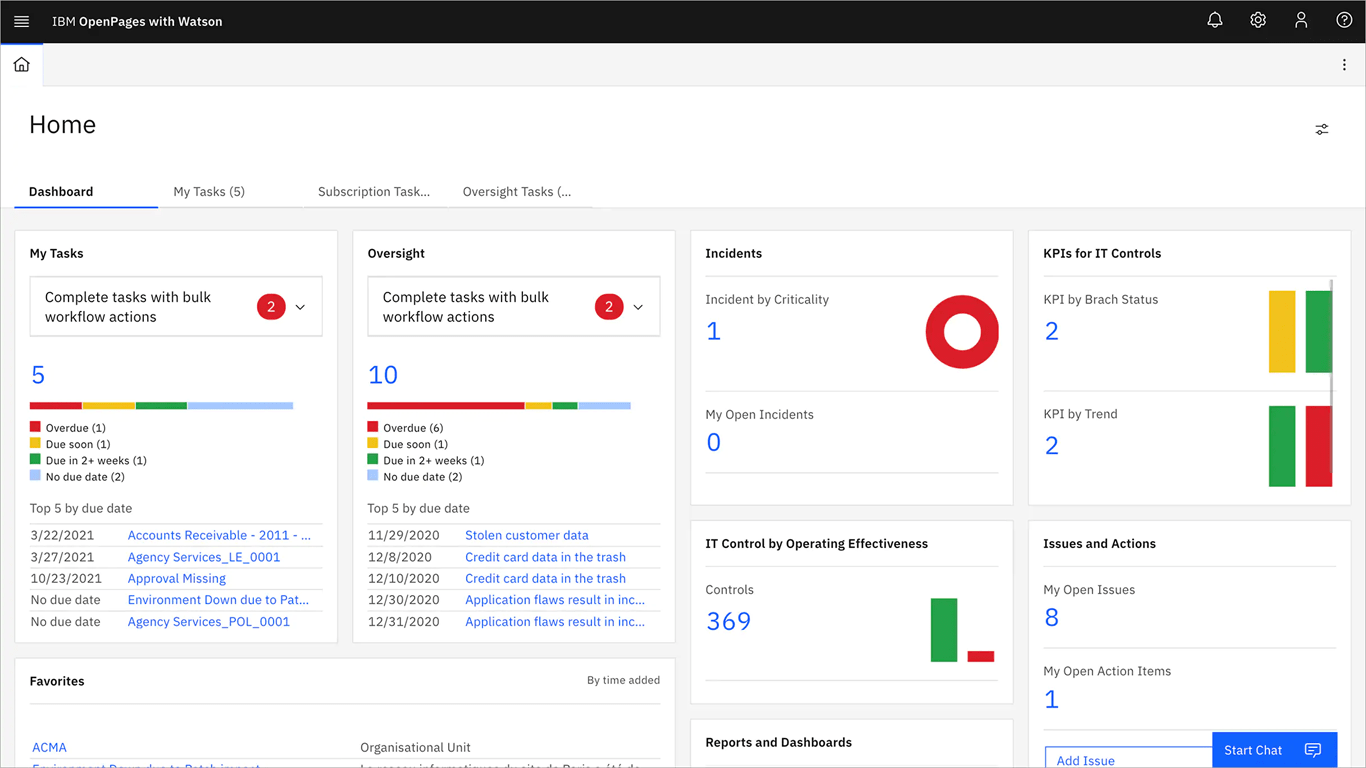











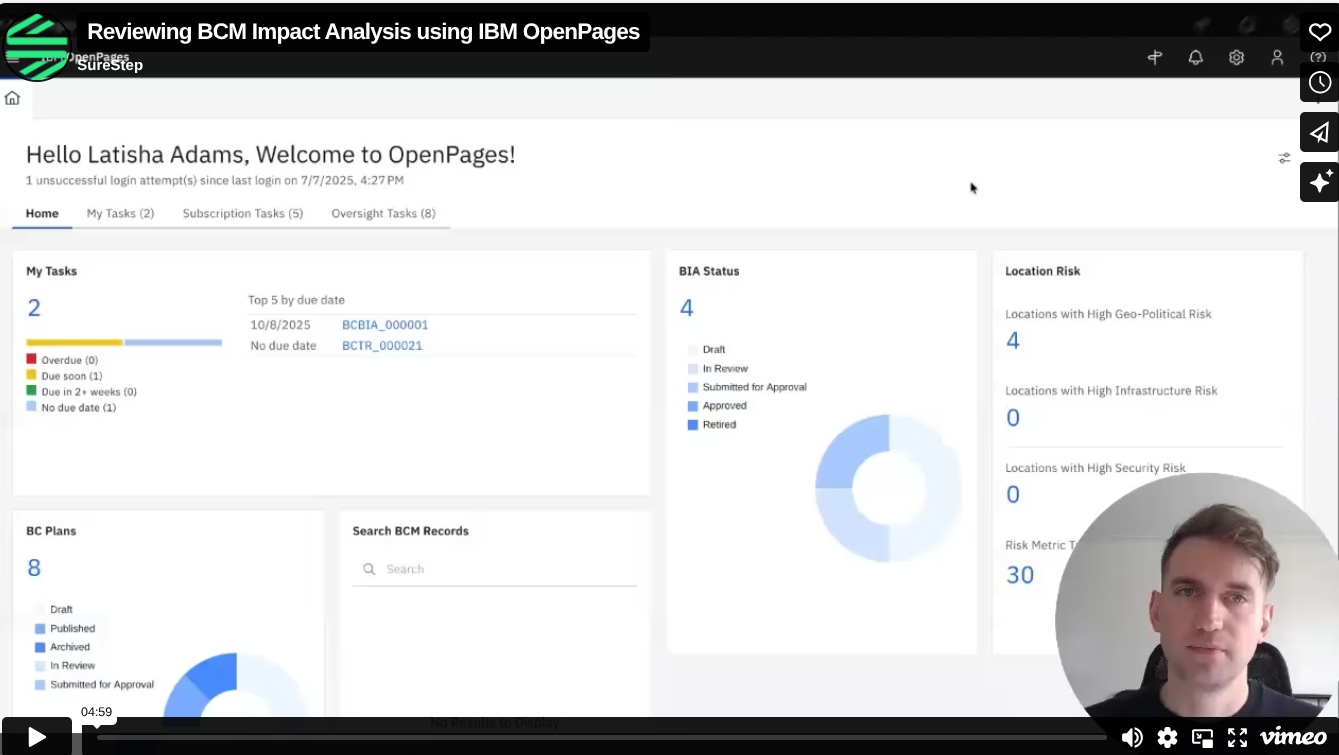






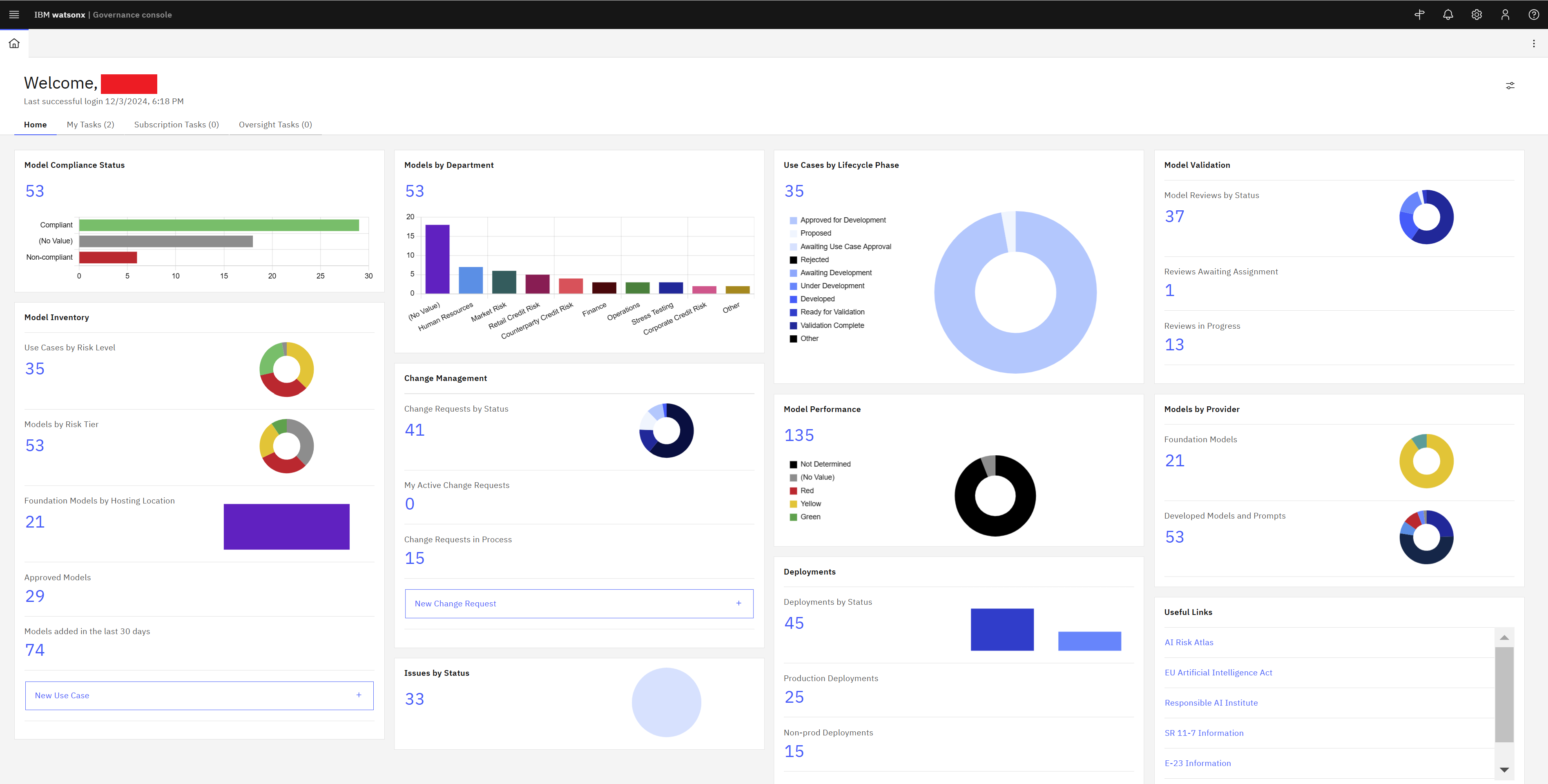

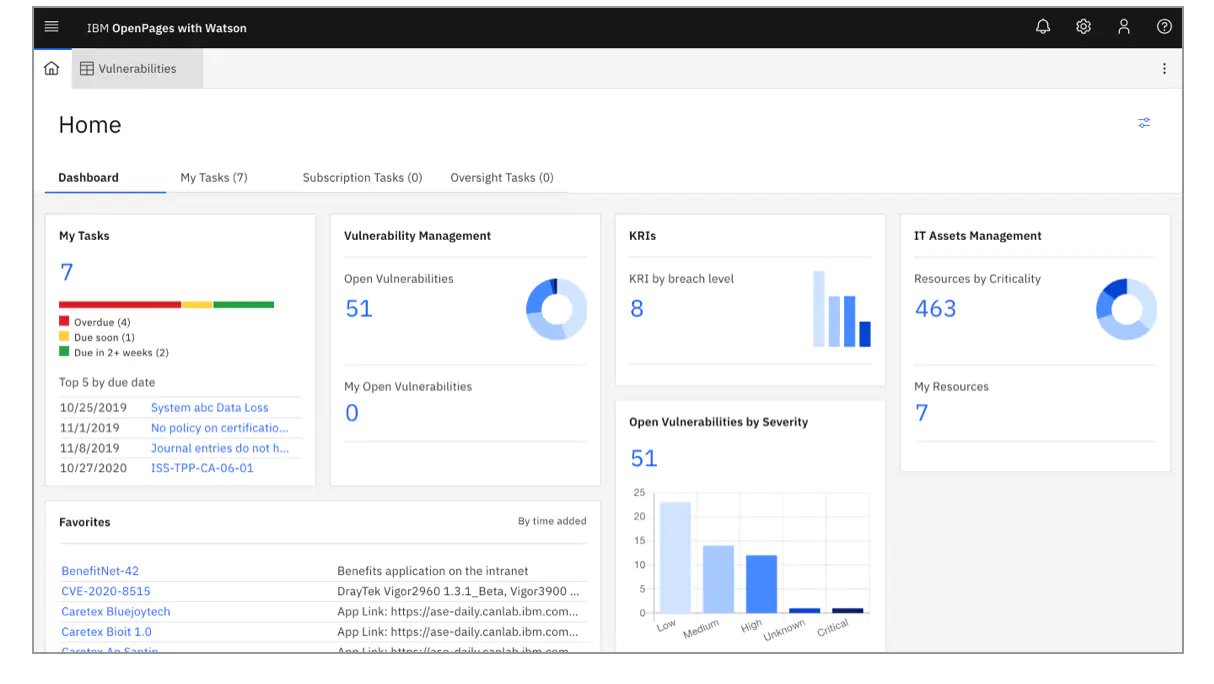
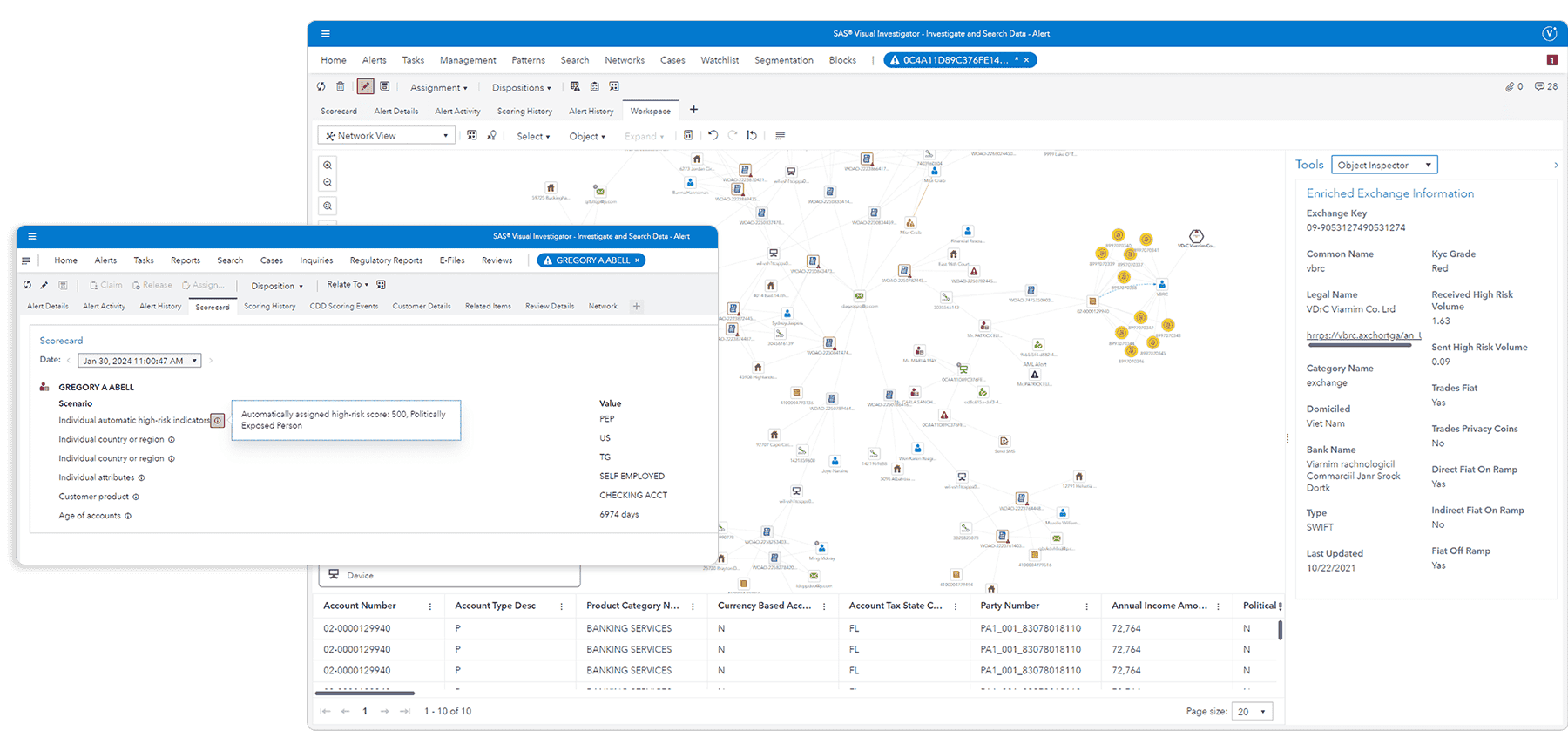







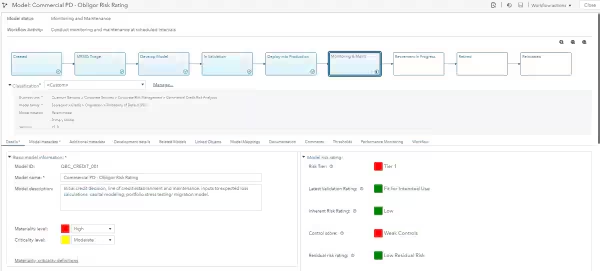









.webp)

-1.jpg)










.jpg)



























.jpeg)







